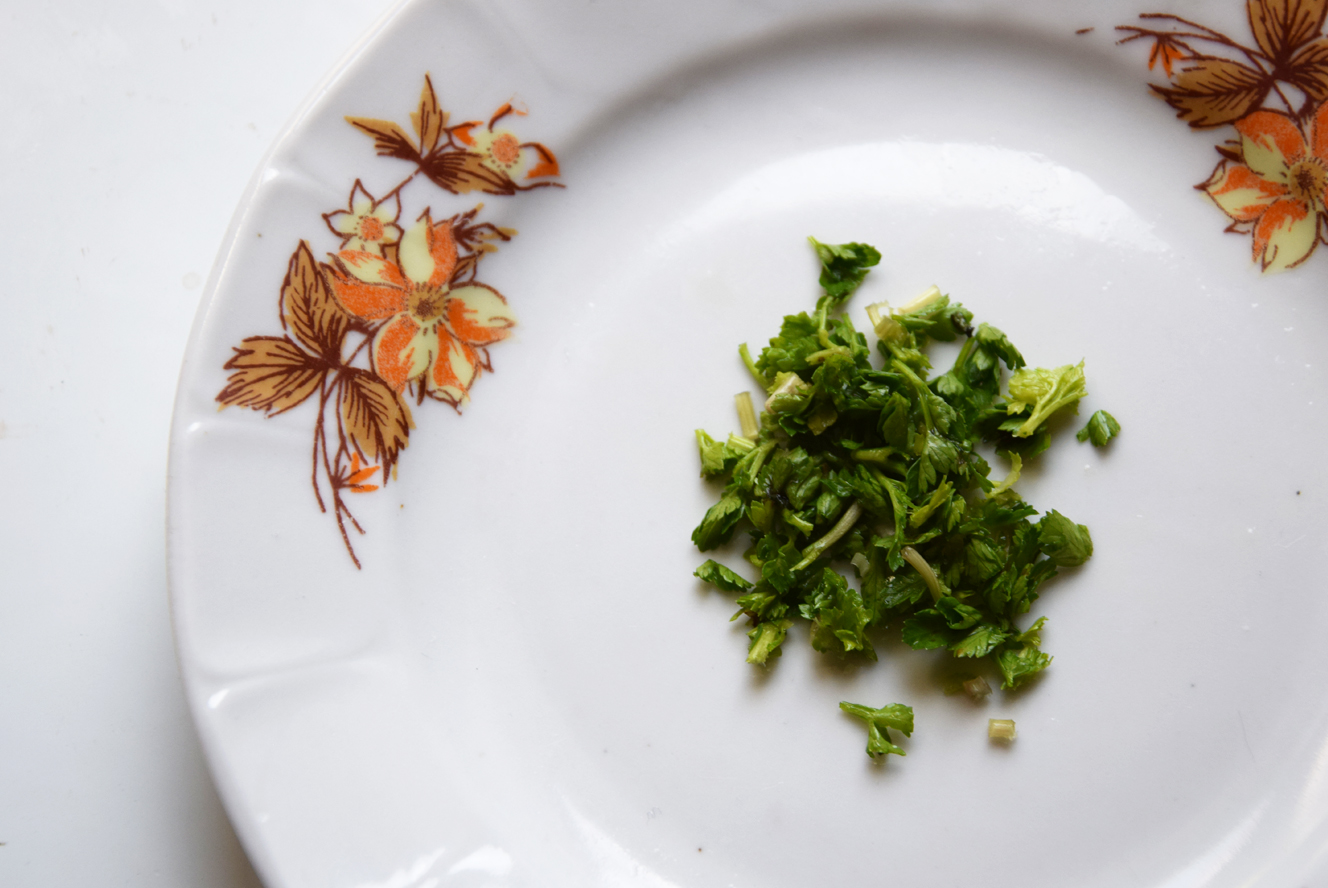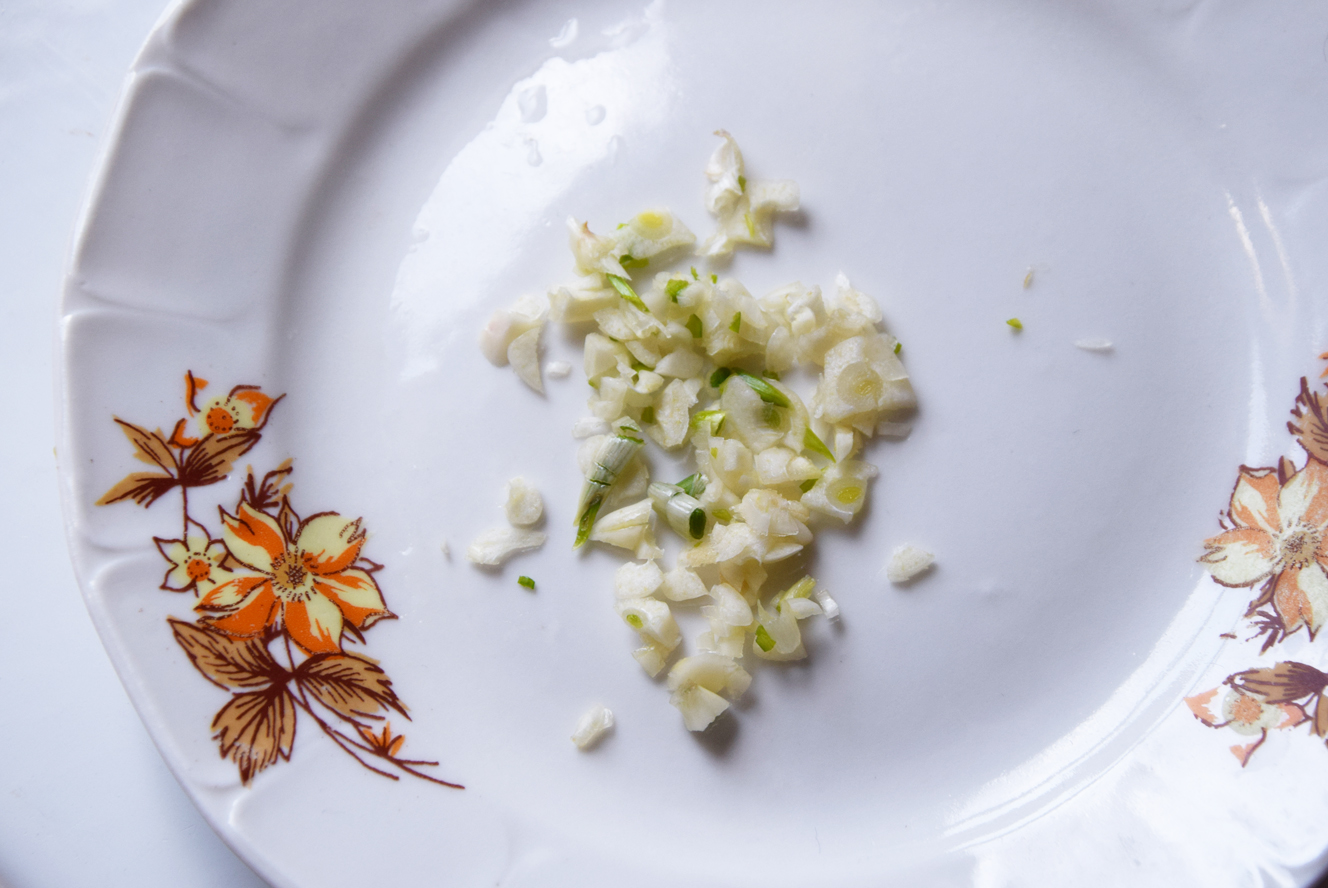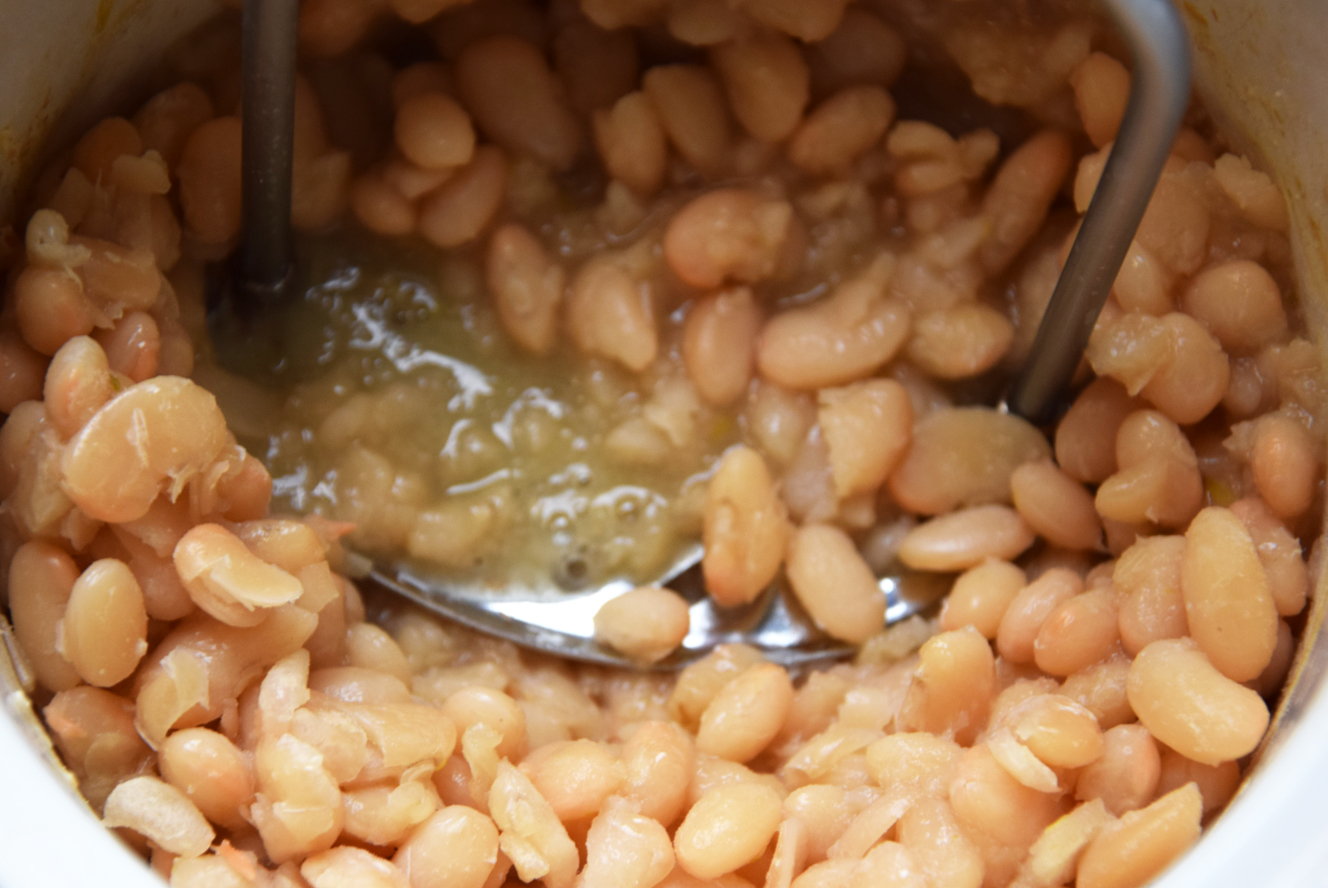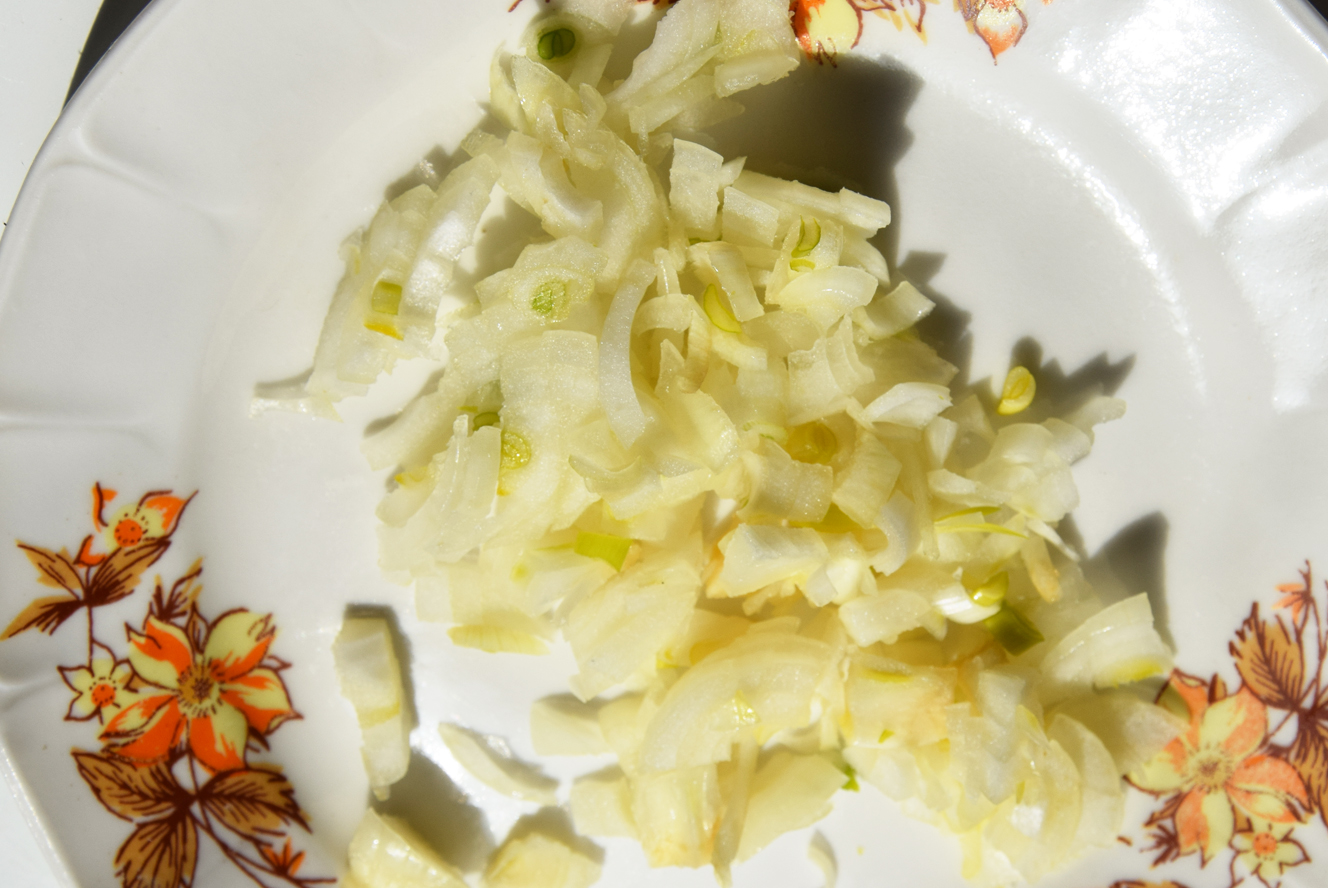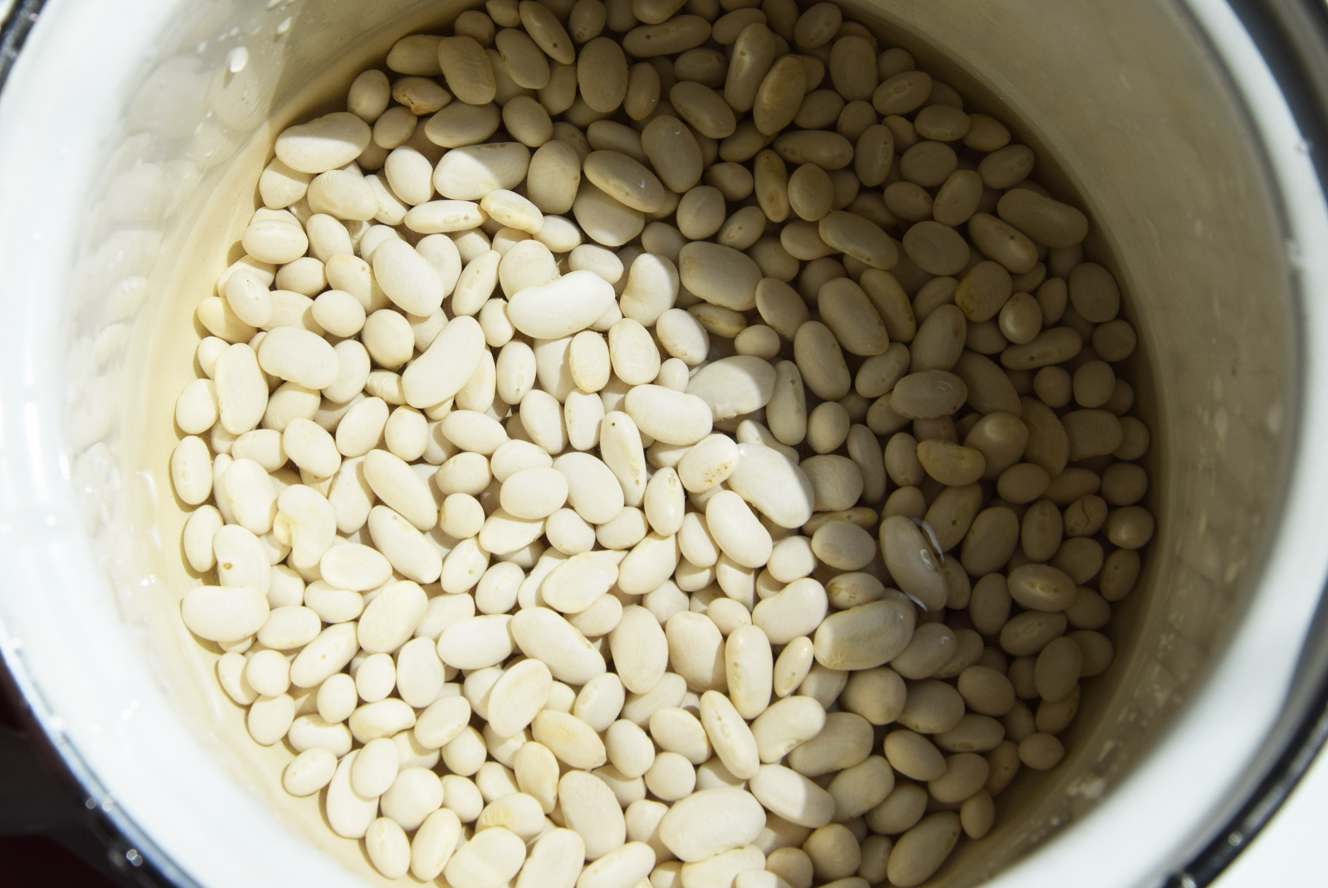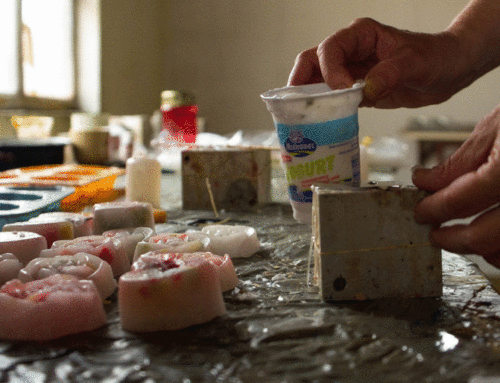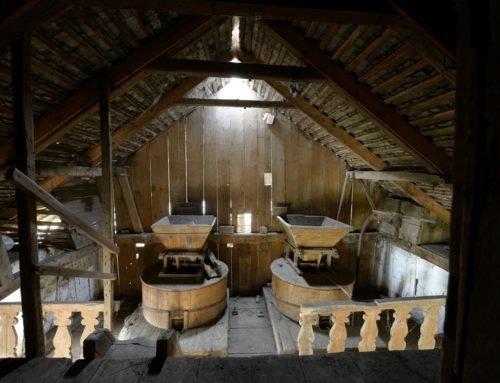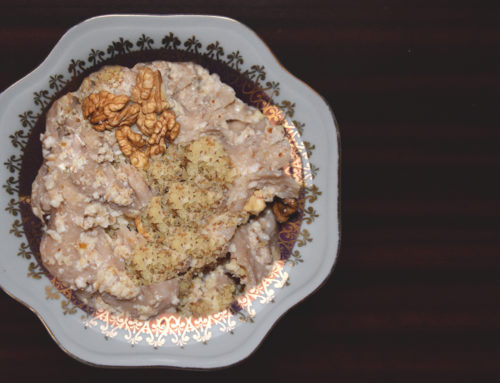Papula
Although the Vojvodina countryside is fertile, the economic circumstances and diet in Vojvodina in the 18th and 19th centuries, according to the testimonies of travel writers, were not enviable. The land belonged to the emperor, as in every feudal system. The emperor decided to lease the land according to the size of each family in order to improve agriculture. Thus, the largest families were able to farm 13 hectare, out of which slightly more than 9 hectares was arable land. Depending on how they handled the land, the next year they might have an even smaller area. With this land area, there was enough pasture for cattle breeding. It might be assumed that the diet of these farmers was not a big problem. However, many Austro-Hungarian doctors, teachers and travel writers talk about the poor nutrition of Serbs. They write about the practice of poor cow and milk use, about poor food, and about how Serb women were bad housewives. We cannot accept such testimonies without due consideration. Numerous things influenced these testimonies. First of all, the writers have a superficial knowledge of Serbian family life, which has always been hidden from strangers, and of differing customs, which to outsiders seem strange.
This is certainly the truth of these claims. The most likely explanation for them is that the basic profession of the Serbs in Vojvodina was the military. Military life implies instability, and hence it took time to develop the habit of keeping and storing food. Besides this, the diet of Serbs in Vojvodina was influenced by the Orthodox Church and its numerous days of fasting throughout the year.
The fasting was strictly respected. From the records of Austro-Hungarian doctors, it can be seen that much of the strict adherence to the fasting was regarded as the main cause of the sickness among the people. The significance of the Easter post is best seen from the custom that on the day after Shrovetide dishes were necessarily burned to cleanse them of fat. During the six-weeks of fasting, simple dishes were prepared from the available vegetables (cabbage, beans, potatoes), fish on festive occasions and grain meals. In addition to the shabby beans, a thick bean paste or “papula” was also prepared.
Recipe
- 500 grams of dried white beans
- 2 finely chopped onion
- a few chopped garlic cloves
- 200 milliliters of oil
- salt
- paprika powder
- parsley leaf
Preparation
Wash the beans with water. Then, place them in a pot, cover them with cold water, and heat them to boiling on the stovetop. When the beans have boiled, drain the water in which they were boiled. Then, pour more hot water over the beans. Add the onions, and cook until the water becomes white but not until the beans have dissolved.
Blend the bean mixture or mash the beans until they are a smooth paste. Then, add salt and pepper to taste and add the chopped garlic. Finally, sprinkle the beans with oil spiced with paprika and garnish with chopped parsley leaves.

